In this brief guide about the Classicism art movement learn all the important FAQs and discover when this art movement started and what makes Classicism artworks so unique.
What type of art was created during the Classicism period?
The Classicism art movement saw the creation of paintings, music and literature.
Classicism art was created and popular during which years?
The Classicism art movement happened 15th to late 17th century
Where was Classicism art made and popularised?
Classicism art was made in Greece, Italy and other parts of Europe
What medium (media) and tools were used to make Classicism Art?
Oil on canvas, murals and dyes was mostly used to make artworks in Classicism.
Who are some famous Classicism artists and artworks?
A Dance to the Music of Time by Nicolas Poussin
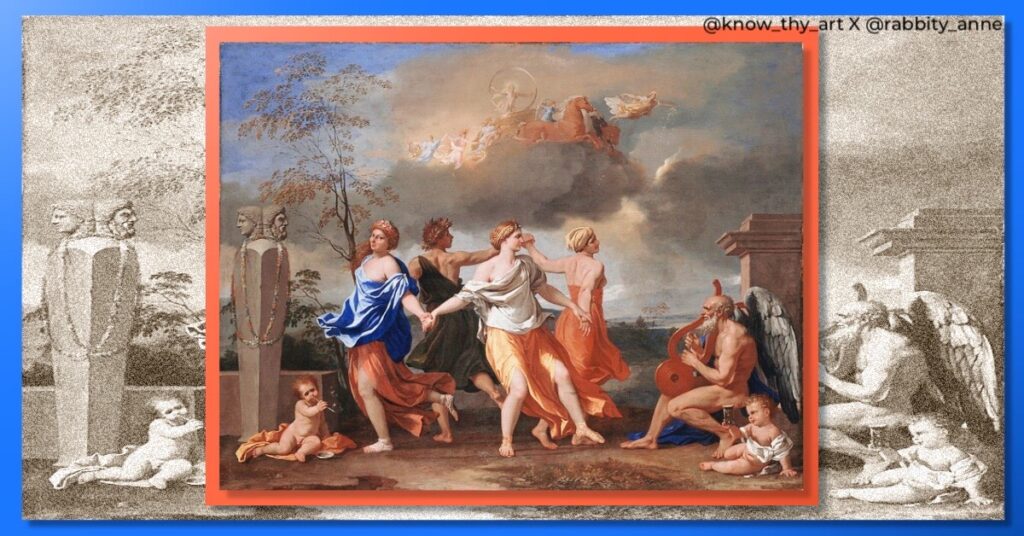
The Triumph of Venice by Pompeo Batoni
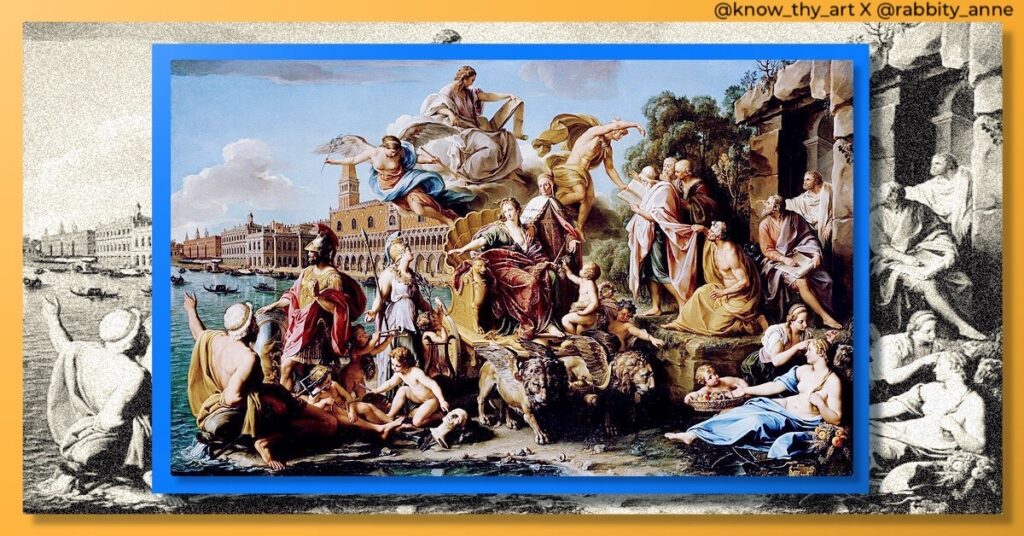
The Embarkation of the Queen of Sheba by Claude Lorrain
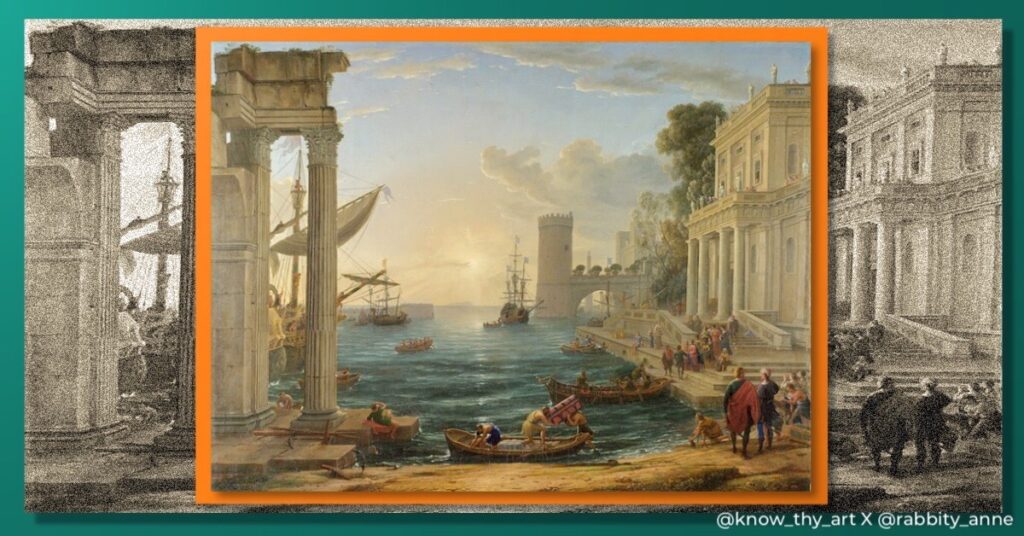
Interesting Observations about Classicism Art – Art Op-Ed
The terms one can use to describe Classicism art are “no-nonsense” and “paint it as you see it.” Artworks in the classicism movement were based on emulating reality in its simplest and purest form. There was hardly any fantasy in the way light or colour was expressed on a canvas.
If an artist from the Classicism period had to paint a Roman guard, then the painting would aim to have the exact red of the uniform, nothing darker to express mystery or not a fiery shade of red to depict passion.
A Classicism piece of a historical scene, if you think about it, can be viewed as photographic data to a certain extent. Emotions were rarely exaggerated, contortions of figures were balanced and movement was hardly ever sudden. You could almost say that Classicism artists avoided making scenes too sensational.
Which art movement(s) came before Classicism?
Early Renaissance came before the Classicism art movement.
Which art movement(s) came after Classicism?
Neoclassicism and Mannerism came after the Classicism art movement.
Top 7 Artworks of the Classicism Art Movement
Jacques-Louis David’s “The Death of Socrates”: A Tribute to Philosophy
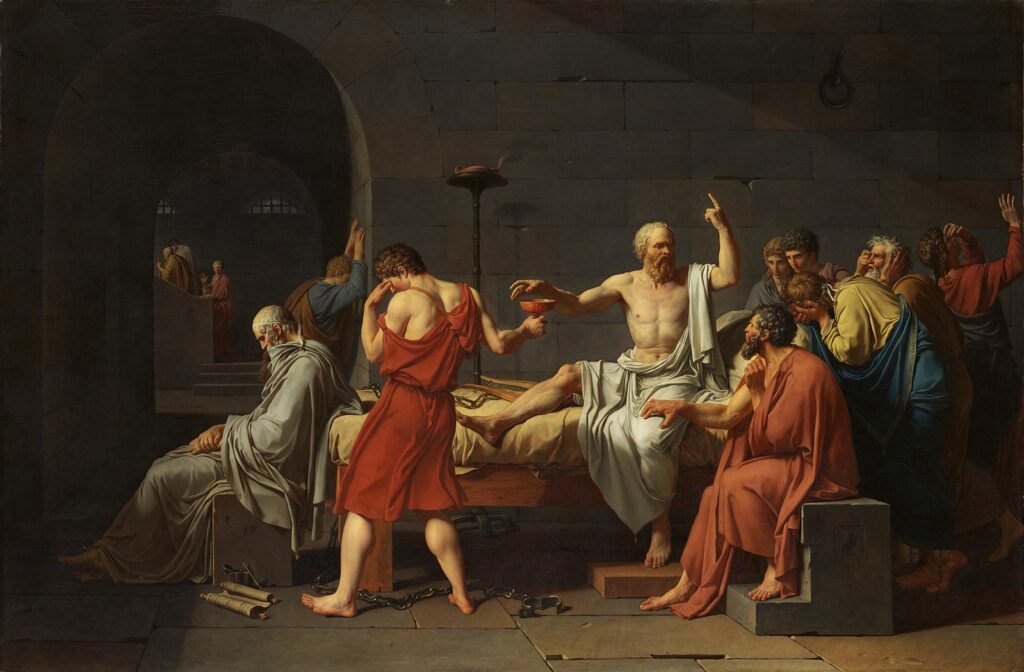
Jacques-Louis David’s “The Death of Socrates” is an iconic painting from the late 18th century. The artworks highlight David’s commitment to historical accuracy. He meticulously researched the details of Socrates’ life, down to the precise attire worn by ancient Greeks, to create a painting that pays homage to philosophy and reason.
Jean-Auguste-Dominique Ingres’ “La Grande Odalisque”: The Pursuit of Ideal Beauty
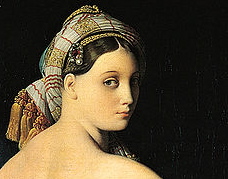
Ingres’ “La Grande Odalisque” is a renowned example of Neoclassical art. People often focus on the elongation of the female figure in the painting. Ingres intentionally distorted the proportions to create an idealised sense of beauty, reflecting the Classical fascination with perfection.
The Marble Perfection of Antonio Canova: “Psyche Revived by Cupid’s Kiss”
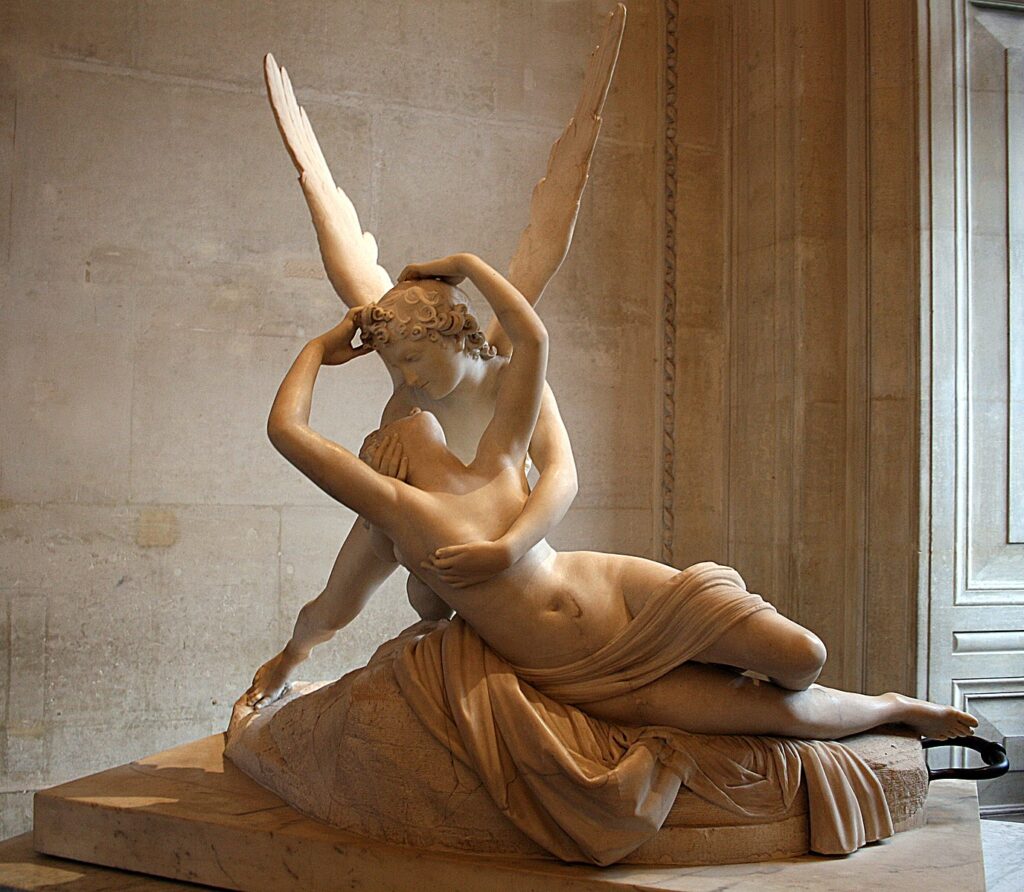
Antonio Canova’s “Psyche Revived by Cupid’s Kiss” is a sculptural masterpiece from the late 18th century. Canova’s extraordinary skill in working with marble is the highlight of his work. He achieved such delicate details, like the softness of Psyche’s skin and the wings of Cupid, that viewers were left in awe of the lifelike quality of his sculptures.
Angelica Kauffman’s Portraits: Grace and Intelligence in Art
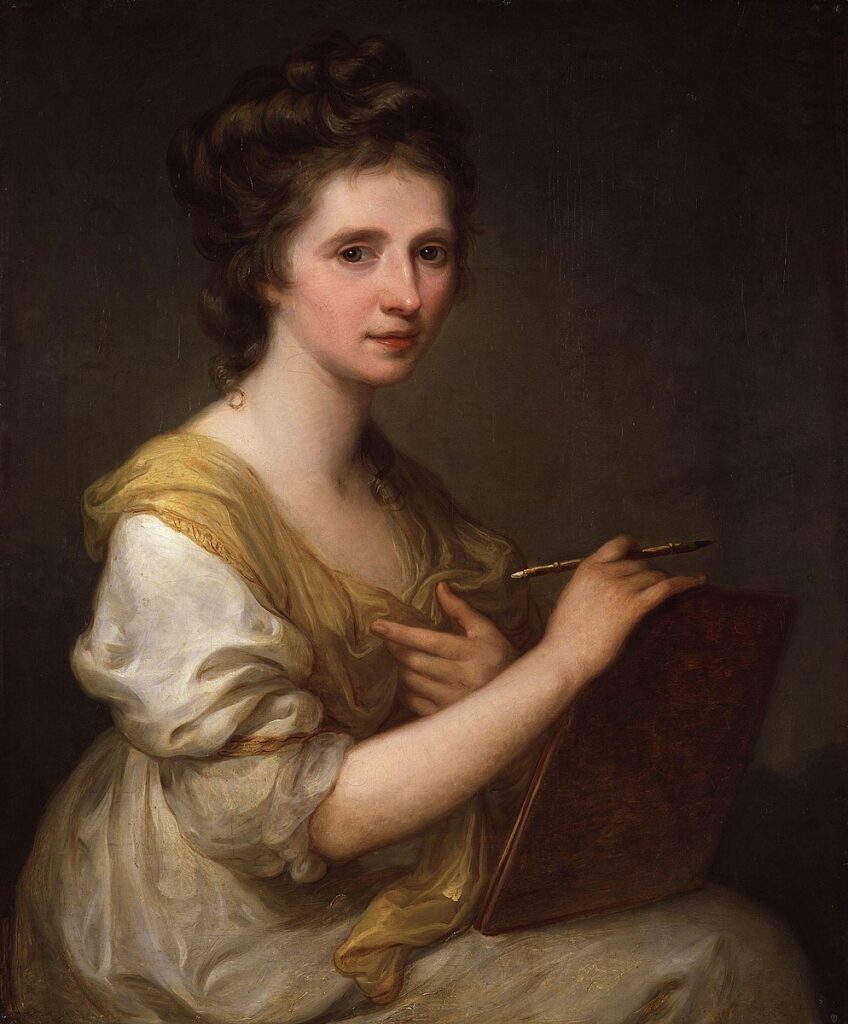
Angelica Kauffman, one of the few prominent female artists of the Classicism era, is celebrated for her portraits. She had the ability to capture both the external beauty and inner intelligence of her subjects, reflecting the Classical ideals of virtue and wisdom.
The Elegance of Wedgwood Pottery: Josiah Wedgwood’s Legacy
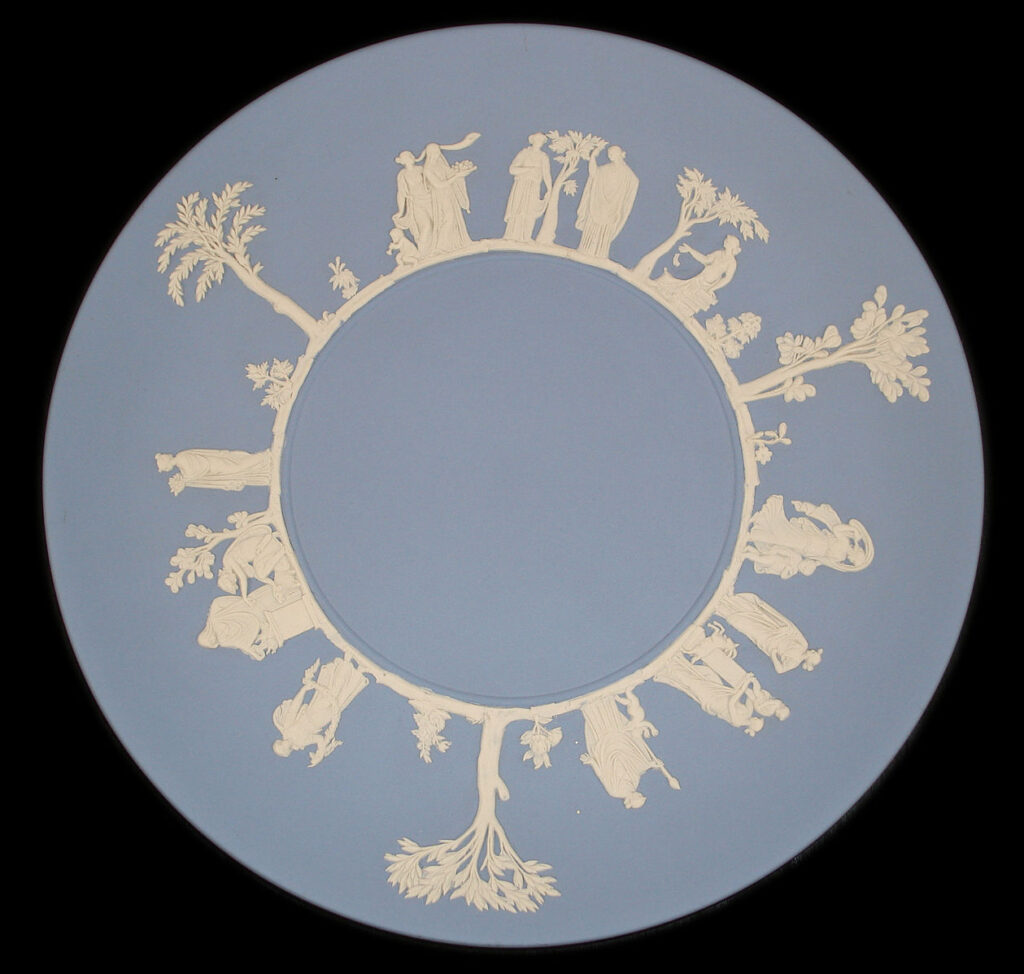
Josiah Wedgwood, an English potter in the 18th century, is known for his exquisite pottery and ceramics. He expressed dedication to craftsmanship and his use of Classical motifs in his designs. His pottery pieces became sought-after symbols of refinement and taste.
The Beauty of Classical Ballet: The Art of Marius Petipa
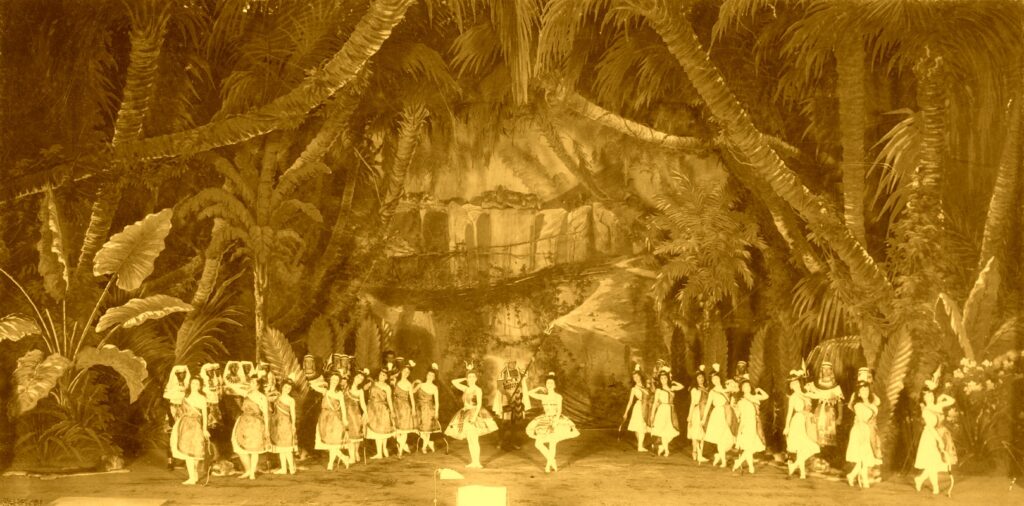
Marius Petipa, a French ballet master in the 19th century, is celebrated for his contributions to classical ballet. His paintings highlight his choreography, which emphasises graceful movements and precise technique. His works, like “The Nutcracker” and “Swan Lake,” continue to enchant audiences worldwide.
The Revival of the Classical Ideal: Jean-Auguste-Dominique Ingres’ “Napoleon I on His Imperial Throne”
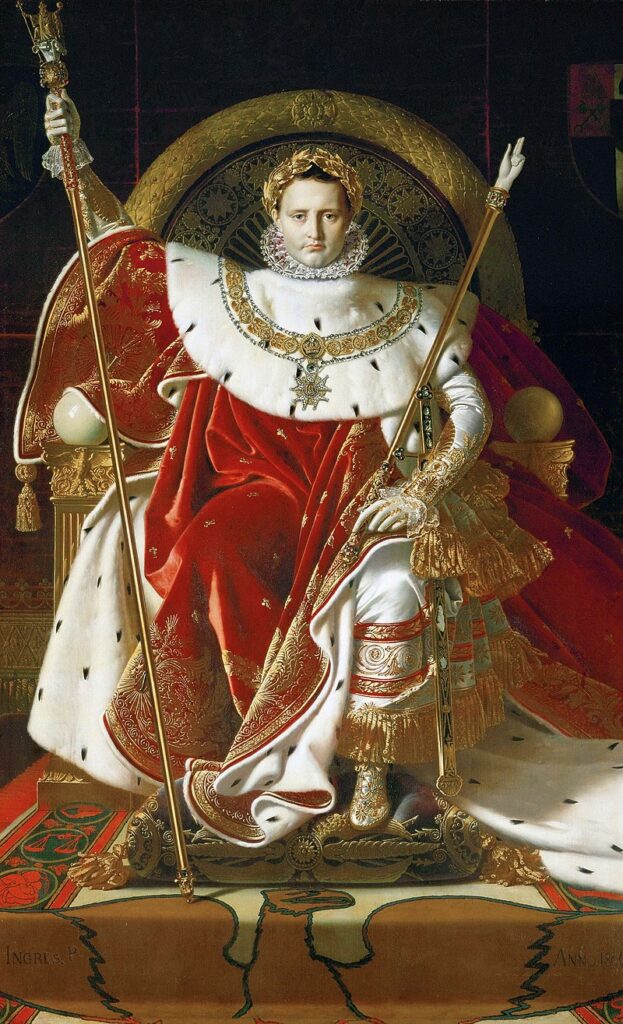
Ingres’ portrait of Napoleon I is a striking representation of the Emperor. Observations often touch on the symbolism within the painting, such as the laurel wreath and sceptre, which evoke the imagery of ancient Roman emperors. It’s a testament to Ingres’ commitment to the Classical ideal of power and authority.
Classicism in art is a celebration of timeless elegance, where artists sought to capture the beauty, balance, and order of ancient Greece and Rome. These instances remind us of the fine craftsmanship, devotion to historical accuracy, and the pursuit of idealised beauty that defined this period. Whether in the graceful compositions of Petipa, the devotion to philosophy in David’s work, or the delicate perfection of Canova’s sculptures, Classicism continues to inspire and captivate with its enduring appeal.
*Images from Wiki Commons






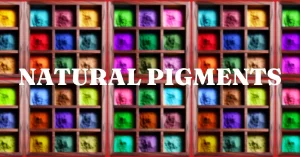
0 Comments